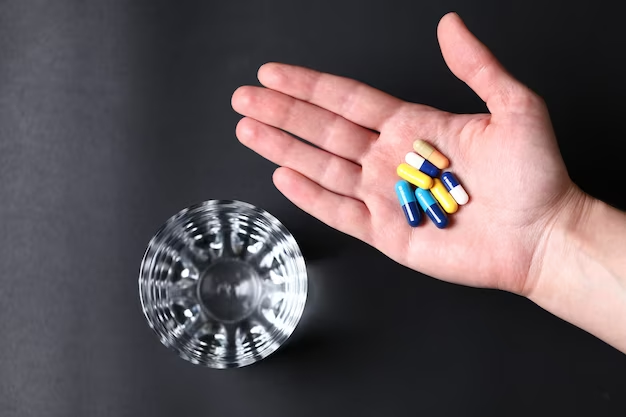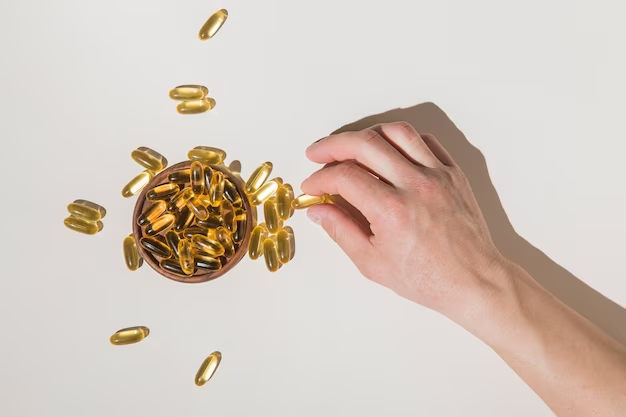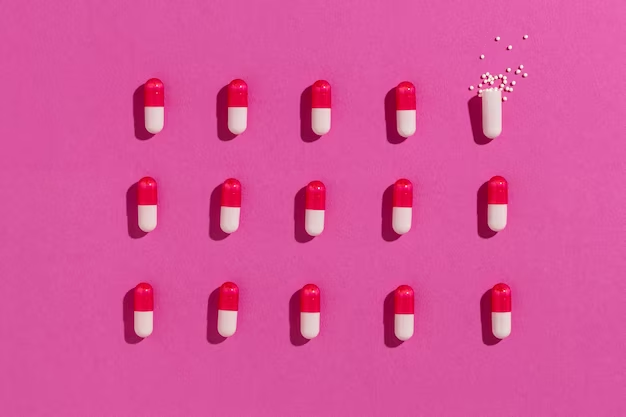In the realm of pharmaceuticals, pill capsules play a critical role in the delivery of medications. Capsules, with their tiny yet sophisticated construction, are the silent heroes behind countless treatment successes. But what are these capsules made of?
Unraveling the Capsule Construction
Pill capsules, whether they are of the hard or soft variety, consist of two major components – the shell and the fill. The shell acts as the carrier for the fill, which is typically the actual medication.
The Shell Material: Gelatin and Beyond
Traditionally, the majority of pill capsule shells were made from gelatin. Derived from animal collagen, gelatin offers numerous benefits, such as easy digestibility and compatibility with most drugs.
However, with the rise of veganism and dietary restrictions, alternative materials like Hydroxypropyl Methylcellulose (HPMC) and Pullulan have gained popularity.
Gelatin Capsules
Gelatin-based capsules are renowned for their flexibility and versatility. They come in two varieties: hard gelatin capsules and soft gelatin capsules.
- Hard Gelatin Capsules (HGCs): These capsules are made of two cylindrical sections, each section fitting within the other. They are often used for dry, powdered ingredients or miniature pellets.
- Soft Gelatin Capsules (SGCs): Unlike HGCs, these capsules are typically used for oils and active substances dissolved or suspended in oil.
Vegetarian Capsules: HPMC and Pullulan
HPMC Capsules, also known as vegetable capsules, are made from cellulose, a type of polysaccharide obtained from plant fibers. On the other hand, Pullulan Capsules are naturally fermented from tapioca.
Both types are vegetarian, gluten-free, and halal, offering suitable alternatives for consumers with specific dietary preferences.

The Fill: Medicine Within
The capsule shell is just part of the story. The ‘fill’ of the capsule is where the medicine resides. This could be a blend of active ingredients and excipients, designed for optimal therapeutic effect.
Depending on the drug formulation and the desired release characteristics, the fill might be a simple powder, a pellet, or even a liquid suspension.
Coatings and Additives
Apart from the main components, pill capsules may also contain additional elements such as colorants, opacifiers, and plasticizers.
Colorants and Opacifiers
These are used for branding purposes and to distinguish different medications or dosages. They are often made from iron oxides and titanium dioxide.
Plasticizers
Plasticizers are compounds added to the capsule shell formulation to increase its flexibility. They work by embedding themselves between the chains of polymers, spacing them apart and allowing them to slide past one another.
The Capsule Production Process
The process of making pill capsules is both fascinating and complex. It involves a series of steps including dipping, spinning, drying, stripping, trimming, and joining.
Throughout this process, stringent quality control measures ensure that each capsule meets the exact specifications of size, shape, and capacity.

The Importance of Capsule Composition
The composition of pill capsules is not merely a matter of enclosing medicine. It plays an integral role in ensuring the right dosage, protecting the stomach from potent drugs, and maintaining drug stability and potency.
Understanding the capsule’s composition helps us appreciate the sophistication involved in something as commonplace as taking a pill.
Conclusion
Unquestionably, the humble pill capsule is a marvel of pharmaceutical engineering. From the shell to the fill and beyond, each component is designed with utmost precision, catering to both therapeutic needs and consumer preferences. Whether it’s the traditional gelatin capsule or the modern vegetarian alternatives, the science behind these tiny vessels of health is truly awe-inspiring.
